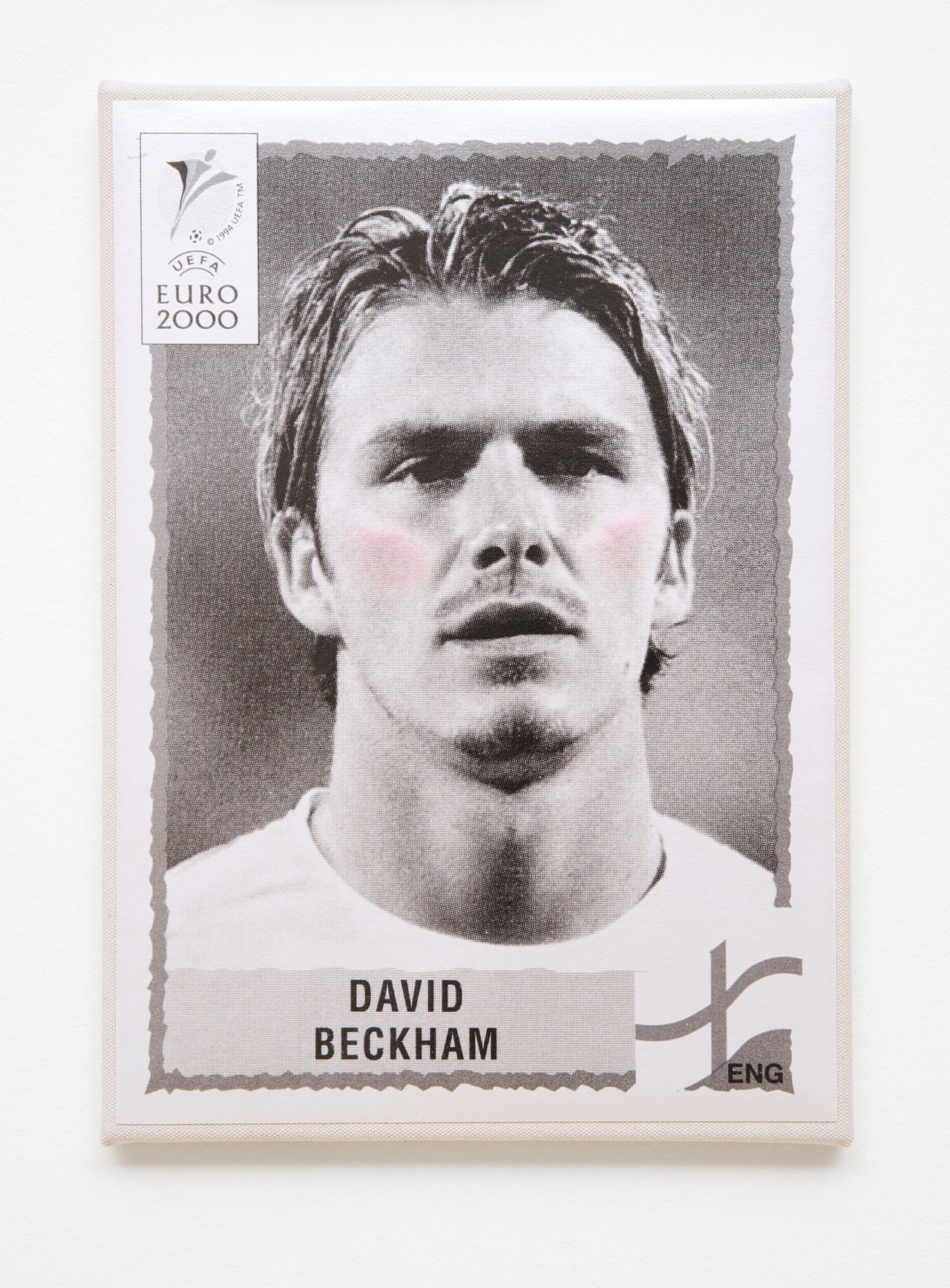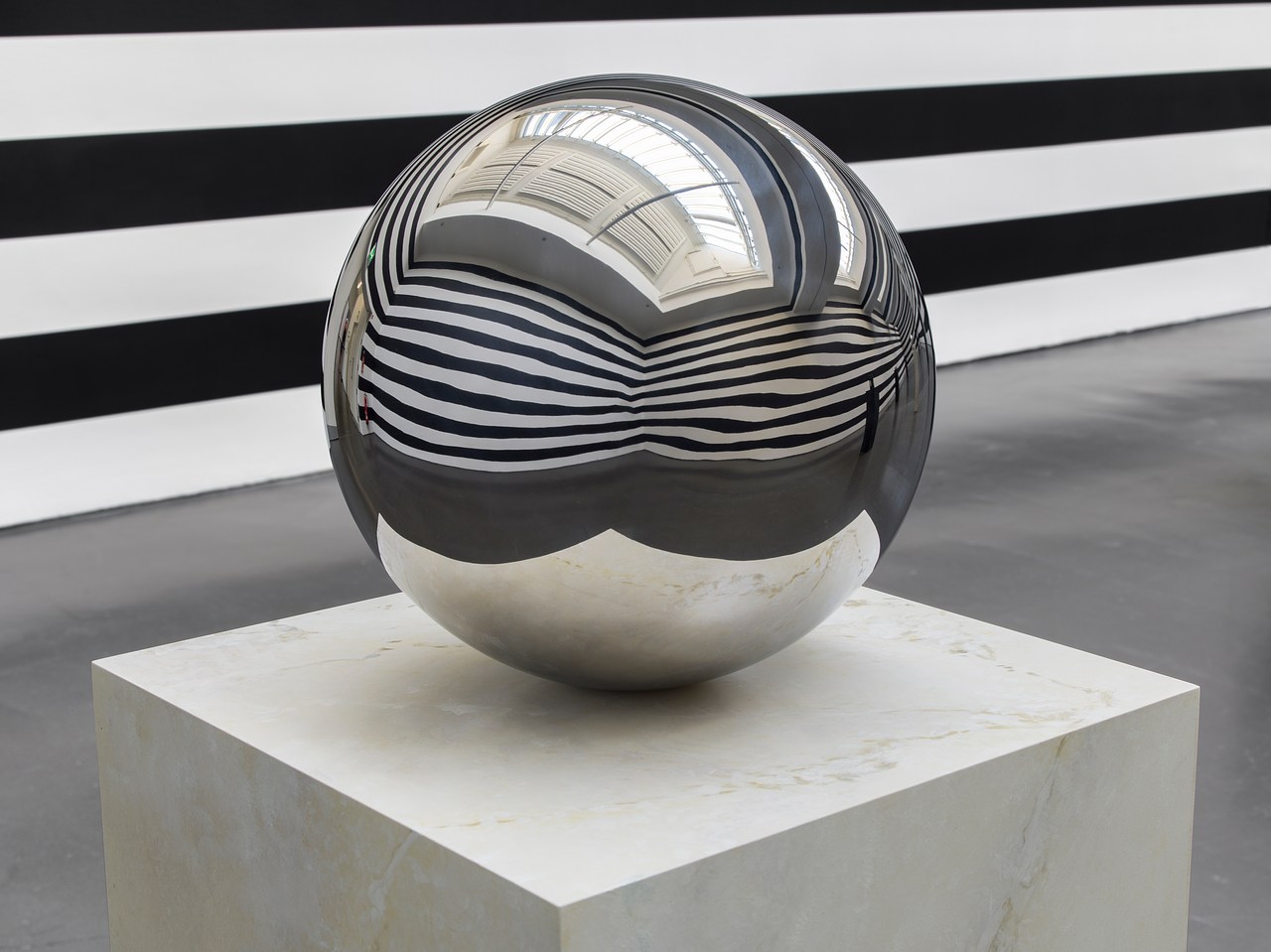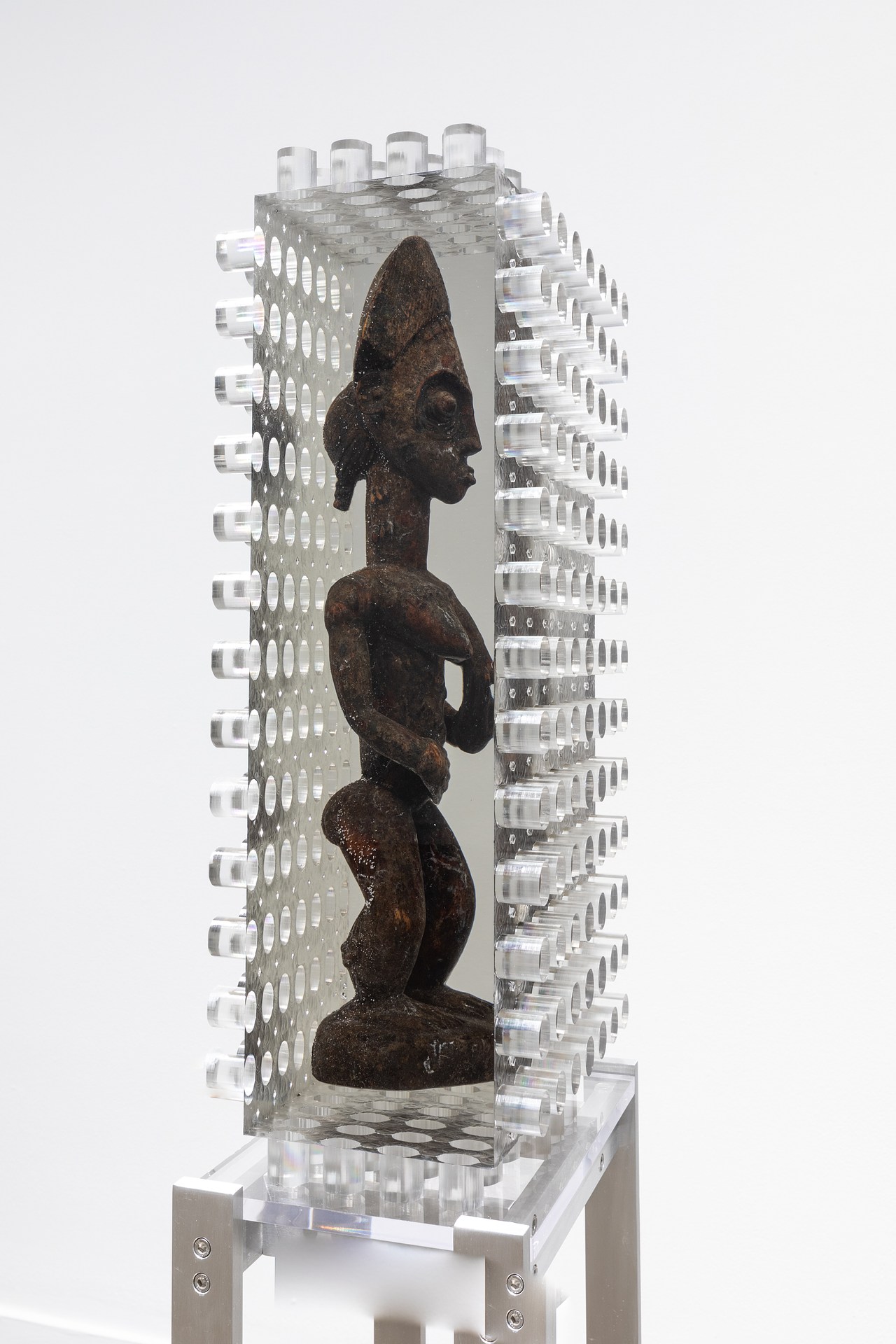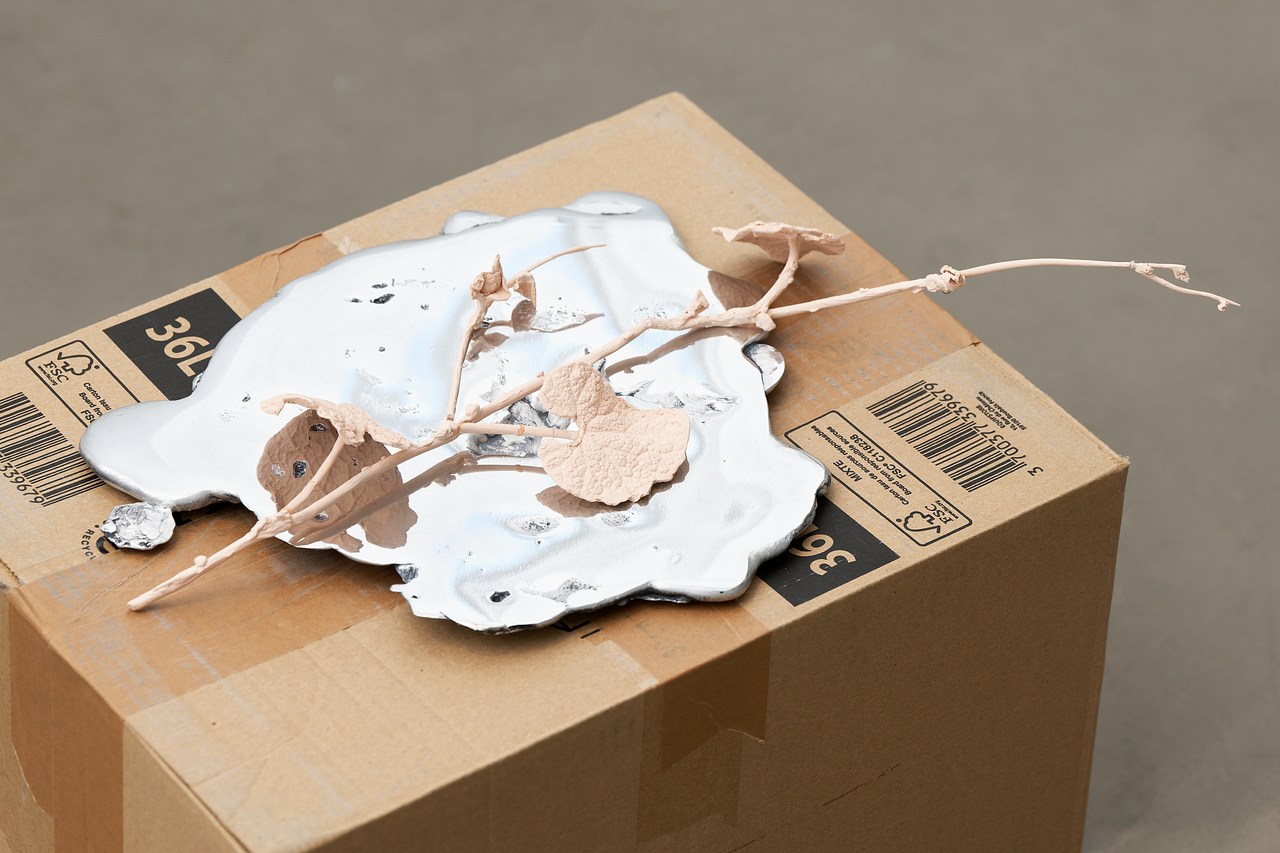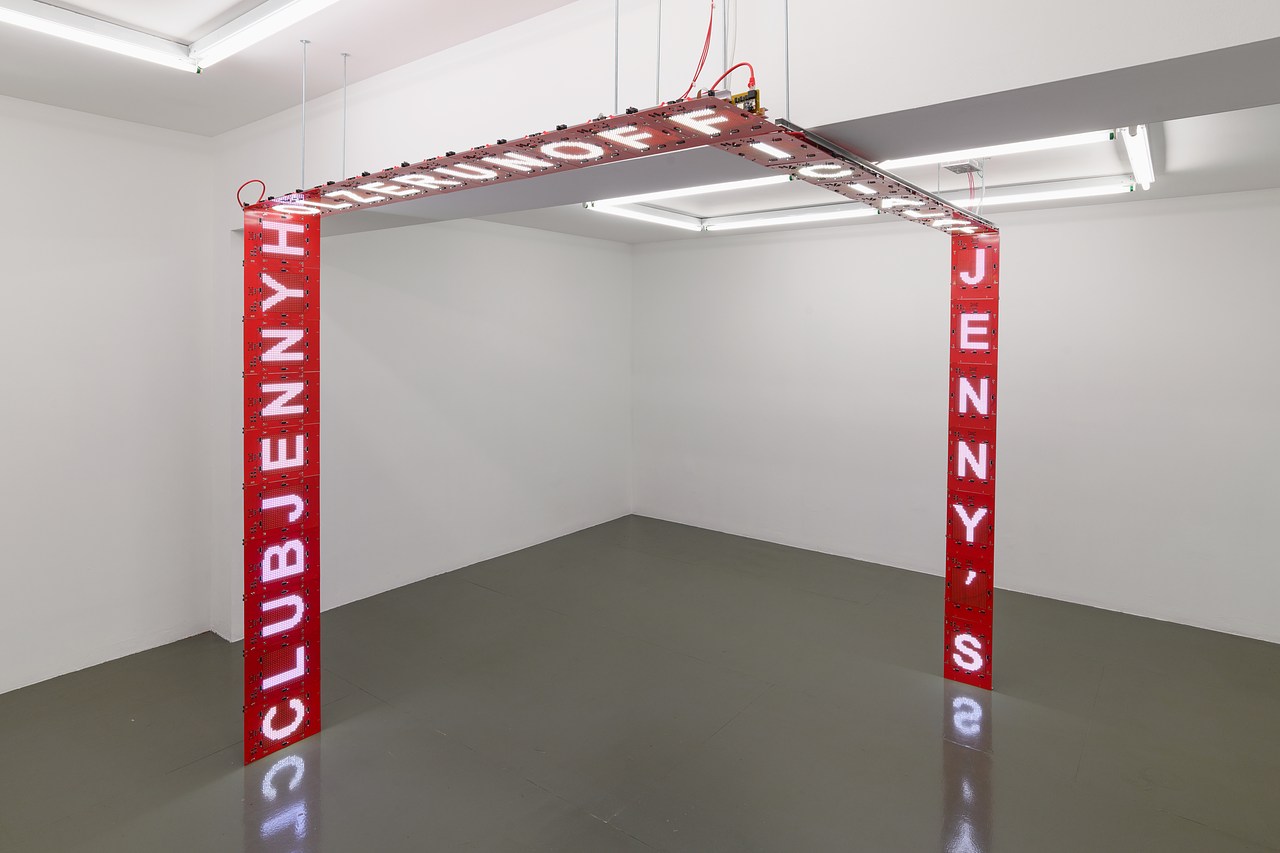The Albuquerque Museum in New Mexico has returned to Mexico a collection of antiquities donated to the museum and kept in storage for more than a decade. The group of a dozen artifacts, which include sculptures and figurines with roots in Olmec and Zacatecas Indigenous communities, were donated to the museum in 2007.
Five months ago, the museum discovered the items in storage where they had been for the last fifteen years. An unidentified donor had donated the objects to the museum after originally purchasing them in the 1980s from an undisclosed dealer.
After uncovering the objects, the museum’s researchers located an appraisal from 2007 that labeled the artifacts as “pre-Columbian,’ a descriptor given to some ancient objects produced in Latin American territories before European conquests.
The move has come as advocates have called for cultural institutions to repatriate cultural artifacts with Indigenous roots to their originating countries. The government of Mexico has been making efforts to halt the sales of pre-Columbian artifacts at international auction houses and has made frequent requests for restitution.
More than 5,000 archaeological objects from Mexico have been recovered in the last several years, the Mexican government has estimated.
Copyright
© Art News


